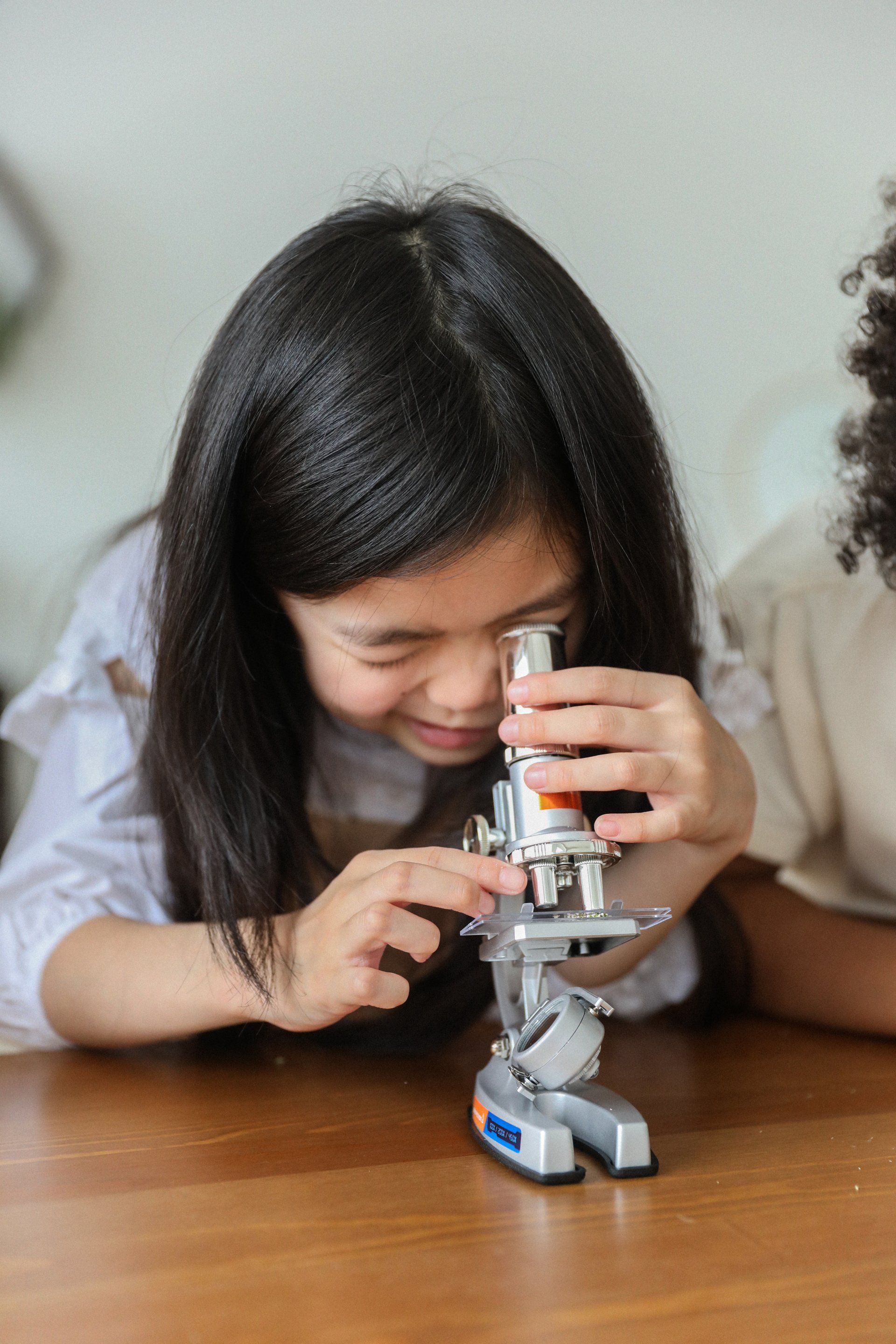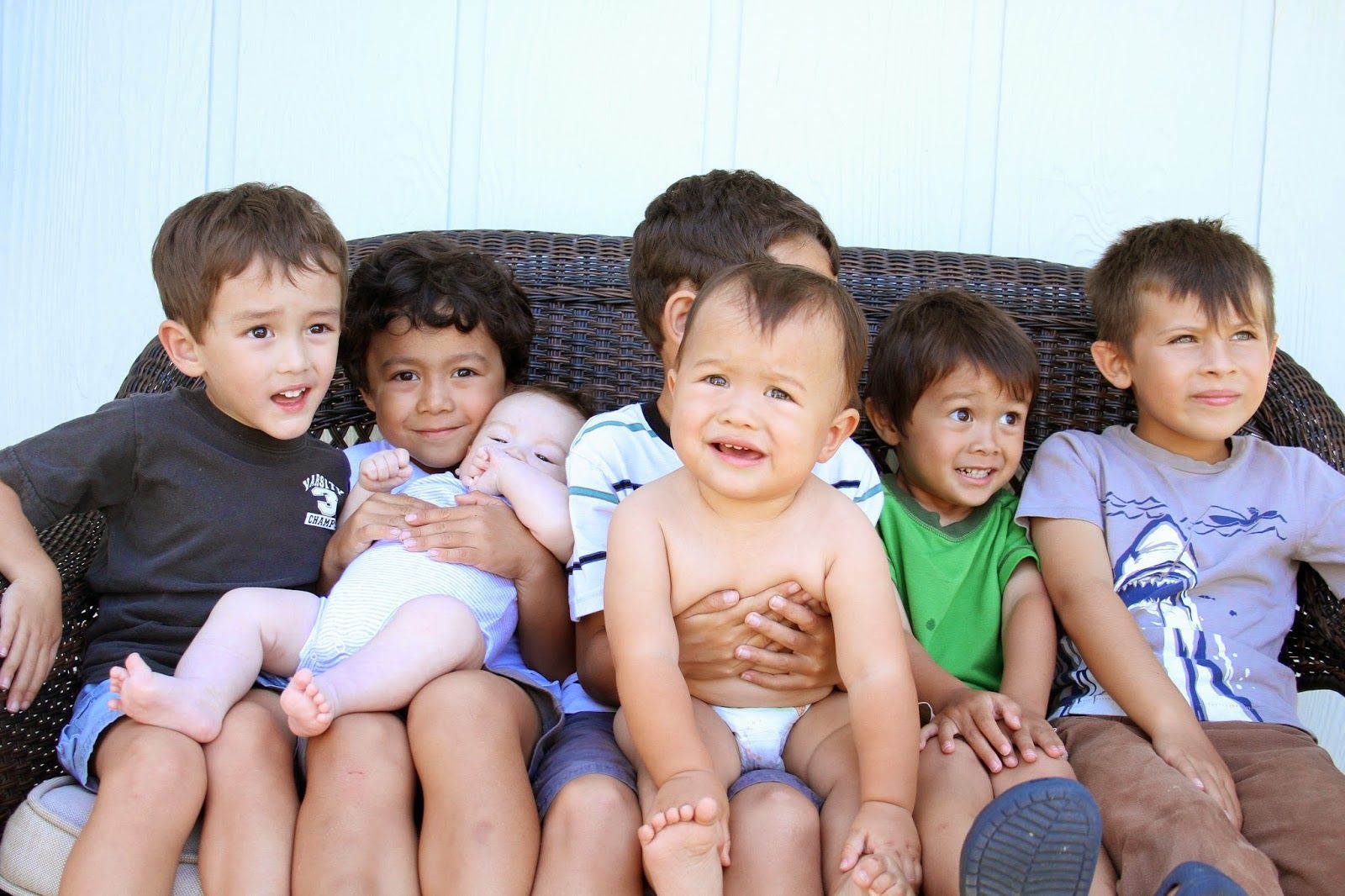Ensuring Safe Learning Environments: Integrating Child Protection and Safeguarding Practices in Initial Teacher Education

Prioritizing Child Protection and Safeguarding in Initial Teacher Education
Introduction
Child protection and safeguarding are critical components of educational practice that must be deeply embedded in the training of future educators. The responsibility of teachers extends beyond imparting academic knowledge; they are also key figures in the protection and well-being of children. Initial Teacher Education (ITE) programs must prioritize safeguarding practices, equipping new educators with the knowledge, skills, and confidence they need to identify and respond to situations of risk effectively. This blog explores the significance of child protection in ITE, including current challenges, best practices, and the imperative for pre-service training.
The Importance of Child Protection in Education
Education plays a vital role in a child's life, but it is not without its risks. Unfortunately, children can experience various forms of abuse—physical, emotional, sexual, and neglect—often perpetrated by individuals they trust. Teachers are uniquely positioned to observe signs of distress or abuse, making their awareness of safeguarding procedures critical. By fostering a safe and supportive learning environment, educators can help mitigate risks, allowing children to thrive academically, socially, and emotionally.
Current Challenges in Safeguarding
Despite the critical importance of safeguarding, several challenges persist in initial teacher education programs:
1.Awareness and Training: Many ITE programs do not provide adequate training on child protection issues. Future teachers may graduate without a solid understanding of safeguarding principles, legislation, and procedures.
2.Inconsistent Policies: The approach to safeguarding can vary significantly between educational institutions. This inconsistency may lead to confusion among prospective teachers regarding their roles and responsibilities.
3.Limited Practical Experience: While theoretical knowledge is important, it is also crucial for pre-service teachers to gain practical experience in addressing safeguarding issues. However, many programs offer limited opportunities for real-world application.
4.Cultural Sensitivity: In diverse classrooms, teachers must recognize how cultural differences can impact understanding of safeguarding. Training must be inclusive and sensitive to the cultural backgrounds of various student populations.
Best Practices for Integrating Safeguarding in ITE
To effectively prepare future educators, initial teacher education programs should implement best practices in child protection and safeguarding:
1.Comprehensive Curriculum: Incorporating a dedicated module on child protection and safeguarding into the ITE curriculum can ensure that all future teachers receive the necessary education on this crucial topic. This module should cover topics such as identifying signs of abuse, non-discriminatory practices, and understanding the legal framework surrounding safeguarding.
2.Practical Training and Role-Playing: Providing pre-service teachers with opportunities for role-playing scenarios can enhance their practical skills. Simulations that illustrate how to respond to disclosures of abuse or report concerns can help them navigate real-life situations more confidently.
3.Collaboration with Child Protection Agencies: Partnering with local child protection agencies can enrich the ITE experience. Guest speakers or workshops led by professionals in the field can provide students with insights into the latest practices, common challenges, and resources available for support.
4.Interdisciplinary Approach: Safeguarding is not confined to education alone. Incorporating insights from psychology, social work, and law can provide a comprehensive understanding of the complexities involved in child protection.
5.Continuous Professional Development: ITE should emphasize the importance of lifelong learning. Graduates should be encouraged to participate in ongoing training related to safeguarding throughout their careers. This facilitates the development of updated knowledge and skills to adapt to evolving challenges in child protection.
The Role of Mentors and Practicum Experiences
Mentorship during practicum experiences plays a crucial role in equipping future teachers with safeguarding knowledge. Experienced educators can model appropriate responses to potential safeguarding issues and offer guidance on best practices. Building strong relationships between mentor teachers and pre-service teachers fosters an environment where safeguarding discussions are encouraged and normalized.
Additionally, practicum placements should include reflection assignments that engage pre-service teachers in analyzing safeguarding scenarios. This reflection can help consolidate their learning and prepare them for real-world application.
Legal and Ethical Responsibilities
As future teachers prepare to enter the workforce, they must understand their legal and ethical responsibilities concerning safeguarding. Familiarity with local safeguarding legislation, reporting procedures, and institutional policies is essential. Teachers have a duty of care to their students, and knowing how to act on concerns is not just good practice—it's a legal obligation.
Moreover, ethical considerations should guide all interactions with students. Cultivating an environment of trust and transparency allows children to feel safe disclosing any issues they may face. Teachers need to understand the importance of confidentiality while differentiating between situations that require disclosure to protect a child.
Building a Culture of Safeguarding
Creating a culture of safeguarding within educational institutions needs to be a collective effort. Faculty members, administration, support staff, students, and their families must all play a role in prioritizing the safety and well-being of children. Regular training and resources should be made available not only to pre-service teachers but to all personnel involved in educational settings.
Moreover, schools should actively engage with the community to strengthen support systems for children and families. By fostering partnerships with local organizations, schools can create a safety net that encompasses multiple layers of care and protection.
Conclusion
Child protection and safeguarding are paramount in initial teacher education, laying the foundation for creating safe and nurturing environments for children. By addressing current challenges, implementing best practices, and fostering a culture of safeguarding, ITE programs can prepare future educators to take on this responsabilidade effectively. Through comprehensive training, collaboration, and continuous professional development, the education sector can contribute significantly to the safety and well-being of children, allowing them to thrive and reach their full potential. Teachers are not just educators; they are vital advocates for the children in their care. It is imperative that we equip them with the tools needed to fulfill this crucial role.










